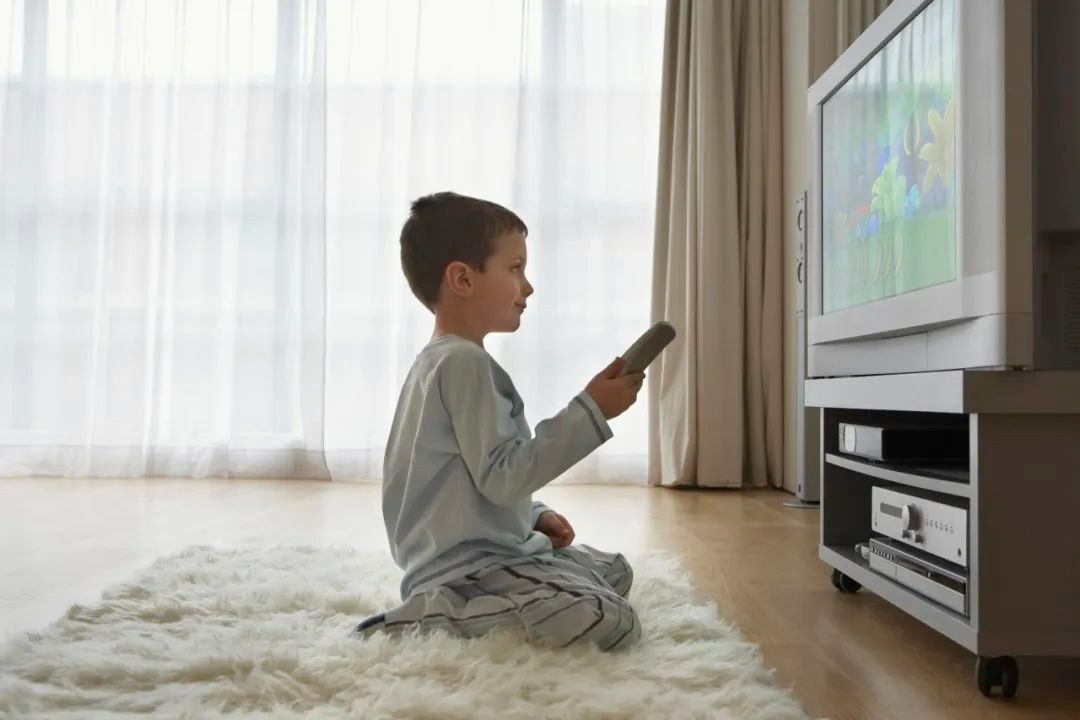OK lenses, defocus lenses, atropine eye drops
The number of myopia control options continues to grow,
making choices increasingly difficult.
Which is the most effective?
What are the advantages and disadvantages of each?
How to select the right method for children?
Today, let’s help parents address these challenges!
Q1: Some children respond well to low-concentration atropine eye drops. How long can they use them? Is there a usage limit? If there’s a limit, should they stop and switch to OK lenses?
Drug efficacy follows a normal distribution—most users experience moderate effectiveness, while a small portion see exceptional results or no effect at all.
For low-concentration atropine, if highly effective, it’s recommended to continue use unless side effects arise. Growth spurts in children occur intermittently; stopping medication during rapid axial elongation periods may negate prior progress. However, continuous use requires tolerance and no adverse effects, and must follow medical advice.
Generally, low-concentration atropine is prescribed for at least two years. Some cases extend usage from ages 13–14 to 17–18 or even 20. If growth spurts have passed and parents wish to taper off, gradual reduction under monitoring is safe. Sudden discontinuation may cause rebound effects. Never self-adjust dosage without professional guidance.
For partial responders, alternative interventions like defocus lenses or OK lenses (if medically approved) may be considered. Clinically, combining methods often yields synergistic effects (1+1>2). Extreme individual variations require personalized evaluations. For high myopia unresponsive to conservative measures, surgical options may apply.
Q2: What distinguishes low-concentration vs. high-concentration atropine? Are low-concentration’s side effects limited to photophobia and allergies?
Low-concentration atropine (e.g., 0.01%–0.05%) may cause photophobia, allergies, elevated intraocular pressure, and reduced accommodative function. Its side effects are milder than high-concentration formulations, making it broadly applicable.
High-concentration atropine (e.g., 1%–1.5%) is primarily used for pediatric cycloplegia during precise refractions. Prolonged use risks significant photophobia and accommodation loss. While effective for myopia control, balancing benefits and side effects remains challenging. Selection depends on individual conditions, doctor-parent communication, and risk tolerance. Most parents prefer low-concentration options, but personalized evaluations are essential.
Q3: Do OK lenses always damage the cornea? How severe is the harm? Can damage be repaired?
OK lenses, proven over 20 years, are safe with proper use. Potential side effects include:
Mild corneal epithelial microcysts (common during initial adaptation).
Corneal hypoxia/stress due to oxygen barrier properties, requiring daytime artificial tears.
Most parents fear corneal damage, but early adaptation phases often involve transient superficial punctate keratopathy, which typically resolves as the cornea adapts. Corneal health determines continued use—if damage persists, alternative methods are advised.
Q4: Can middle/high school students wear OK lenses?
Yes, for ages 8–18 with suitable corneal conditions. OK lenses eliminate daytime lens wear, minimizing lifestyle disruption.

Q5: Should low-concentration atropine be tried first before OK lenses?
Not necessarily. For existing myopia, spectacle correction (including OK lenses) is prioritized. Low-concentration atropine serves as adjunctive therapy if optical methods underperform. Transitioning between methods requires long-term monitoring and medical guidance.
Q6: What if both low-concentration atropine and OK lenses fail?
First, identify underlying causes. For moderate myopia (<600D), OK lenses usually work but may fall short of expectations. For high myopia, surgical options like posterior scleral reinforcement may slow axial elongation, though combined with other measures.
Q7: For mild myopia (e.g., 100D in 8–9-year-olds), is defocus/OK lens necessary?
Confirm myopia via cycloplegic refraction. Even subtle symptoms (e.g., squinting, difficulty reading distant/small text) warrant early intervention.
Q8: Are adjunctive tools like light therapy devices, reverse cameras, or lutein effective?
Light therapy (e.g., red-light devices): Limited evidence, potential macular risks; use conservatively.
Reverse cameras/far-distance trainers: Improve accommodative fatigue but don’t control axial elongation.
Lutein: Minimal role in myopia prevention; more relevant for age-related macular health.
Q9: Differences between defocus lenses (e.g., Starry Sky Control, Hoya MiYOSMART)?
These functional lenses disperse retinal focus. While designs vary, established brands (e.g., Starry Sky Control, MiYOSMART) show comparable efficacy. Proper frame fitting ensures alignment of defocus zones with the visual axis.
Q10: Managing high interocular refractive errors (e.g., 200D difference)?
Prioritize posture correction. For unilateral myopia, use OK lenses on affected eyes and monitor the fellow eye with low-concentration atropine if borderline.
Q11: Efficacy comparison: defocus lenses vs. OK lenses vs. low-concentration atropine (200D range)?
Switching between modalities (e.g., adding defocus lenses if low-concentration atropine fails) is feasible. If all methods falter, consider surgery. Individualized assessments are critical.
Final Note:
Optimal outcomes require selecting appropriate methods, proper usage, and regular monitoring. Your child’s eyes deserve proactive care!
